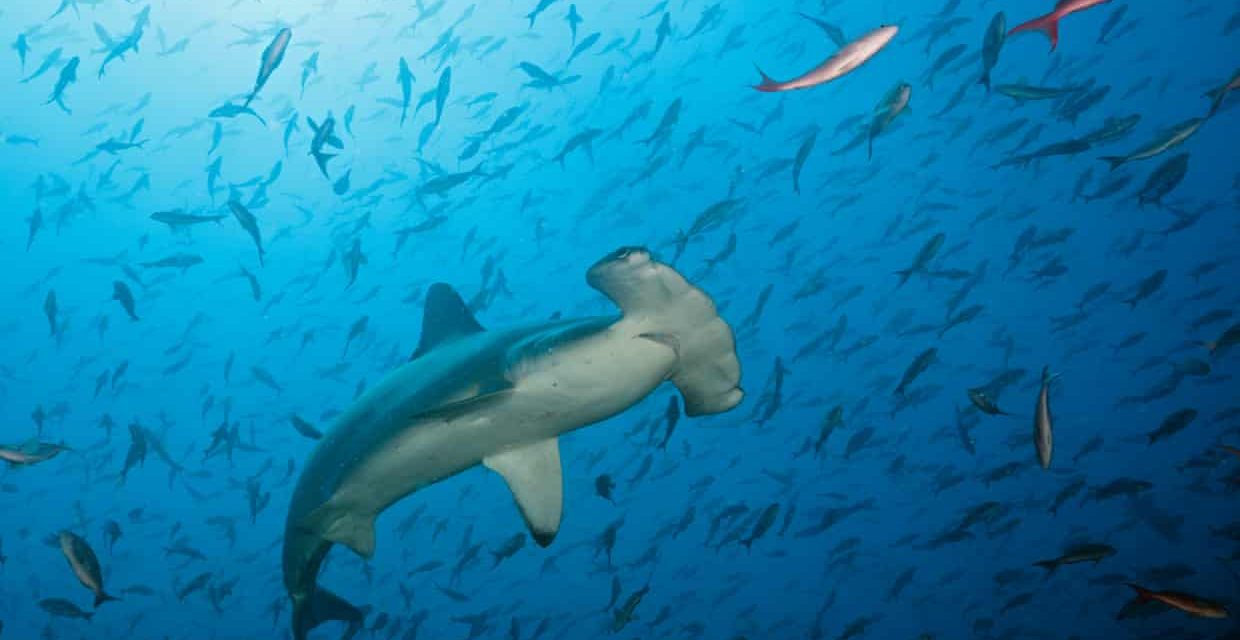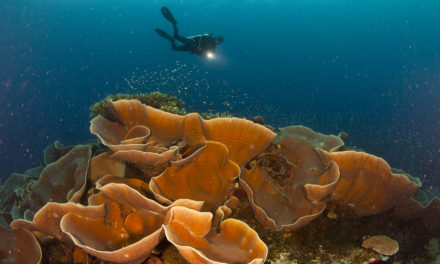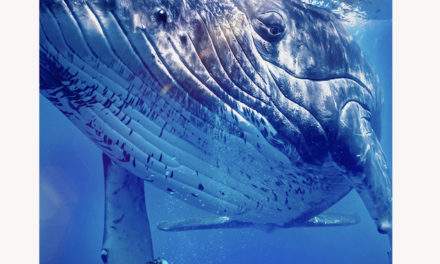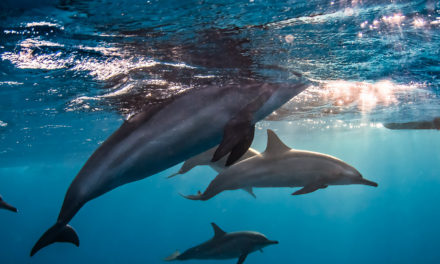Fabulous news from ‘The Guardian’ this morning, and a massive congratulations to an amazing collaboration by the Latin American countries involved to protect and save some of the most special treasures of the ocean ecosystems, and our entire planets functioning!! Bravo to Ecuador on the expansion of the Galápagos Marine Reserve, and to Ecuador, Panama, Costa Rica, Colombia, and all involved on the historic announcement of the Eastern Tropical Pacific Marine Corridor at COP26 🙂
Read more from The Guardian: https://www.theguardian.com/environment/2021/nov/02/four-latin-american-countries-join-protected-marine-reserves-to-create-mega-mpa?fbclid=IwAR3iq-XOygPwdb71rcmQZXs_63sw5-E3mSD6Em8VuPpKUoR0BH4YNfFPRo0
Panama, Ecuador, Colombia and Costa Rica announced on Tuesday the creation of the Eastern Tropical Pacific Marine Corridor (CMAR) initiative, which would both join and increase the size of their protected territorial waters to create a fishing-free corridor covering more than 500,000 sq km (200,000 sq miles) in one of the world’s most important migratory routes for sea turtles, whales, sharks and rays. The move comes amid growing clamour for action to protect rare marine species and commercial fish populations against foreign fishing fleets exploiting the region’s rich marine biodiversity, as well as to limit illegal, under-reported and unregulated (IUU) fishing by local fishing communities.
The president of Colombia, Iván Duque, announced an additional 160,000 sq km of marine protected area on top of the country’s existing 120,000 sq km at Cop26 in Glasgow on Tuesday.
The day before, Ecuador’s president, Guillermo Lasso, took the first step by announcing the expansion of the current 133,000 sq km Galápagos marine reserve by 60,000 sq km.
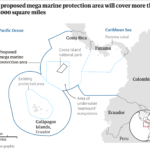
The expansion creates a “safe swimway” connecting Ecuadorian with Costa Rican waters, where “important endangered migratory species, such as sharks, whales, turtles and manta rays travel”, said Ecuador’s environment minister, Gustavo Manrique.
osta Rica, along the underwater seamounts of the Cocos Ridge, a key migration route for ocean-going species. Another 30,000 sq km area is a no-longline fishing zone wrapping north-west around the existing Galápagos marine reserve.
Alex Hearn, a British marine biologist who has worked in the Galápagos Islands for two decades, said it was a step forward. “This is a moment to relish, but there’s a lot of work which needs to be done.”
Hearn said the eastern tropical Pacific was “one of the last bastions of what ocean biodiversity would look like in a pristine world”, and described the seas that connect the Galápagos, Malpelo, Cocos and Coiba islands as a living laboratory for scientific research.
“Just protecting the waters around them is not enough. There’s a connectivity between the areas and that’s what we need to protect,” said Hearn, who belongs to the Migramar network of scientists, which provided evidence for the reserve’s expansion.
Ecuadorian Navy vessels surround a fishing boat after detecting a fishing fleet of mostly Chinese-flagged ships in the Pacific Ocean
Ecuadorian Navy vessels surround a fishing boat after detecting a fishing fleet of mostly Chinese-flagged ships in an international corridor that borders the Galapagos Islands’ exclusive economic zone, in the Pacific Ocean, August 7, 2020. Picture taken August 7, 2020. REUTERS/Santiago Arcos
‘It’s terrifying’: can anyone stop China’s vast armada of fishing boats?
Read more
He noted that the populations of highly migratory species had been falling this century, among them turtles, rays and sharks, particularly the critically endangered hammerhead species that congregates to breed around the Galápagos’s Darwin and Colombia’s Malpelo islands.
In June, as part of the UK-led “30×30” initiative to secure at least 30% of the world’s ocean as protected marine areas by 2030, Panama more than quadrupled the Cordillera de Coiba marine protected area – from about 17,220 sq km to 98,230 sq km.
Max Bello, an ocean policy advisor with the NGO Mission Blue, said: “With this commitment, Latin America again consolidates its leadership in marine conservation, but more is needed. We are hoping to continue towards at least 30% of protection in all of the [maritime] countries.”
“A new era – to provide protection to species which know no frontiers – has been born,” he said.

